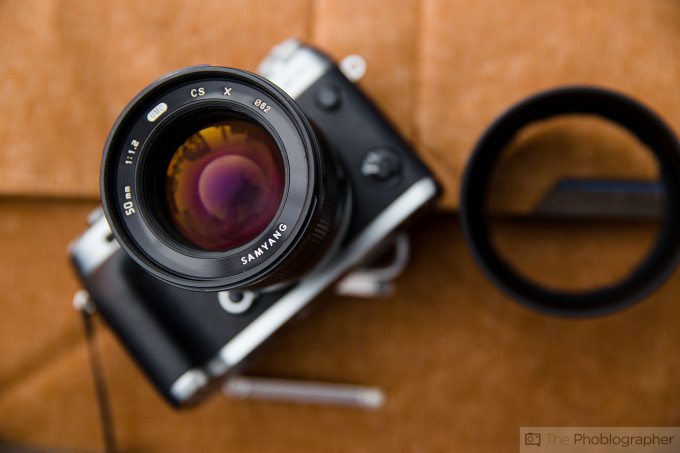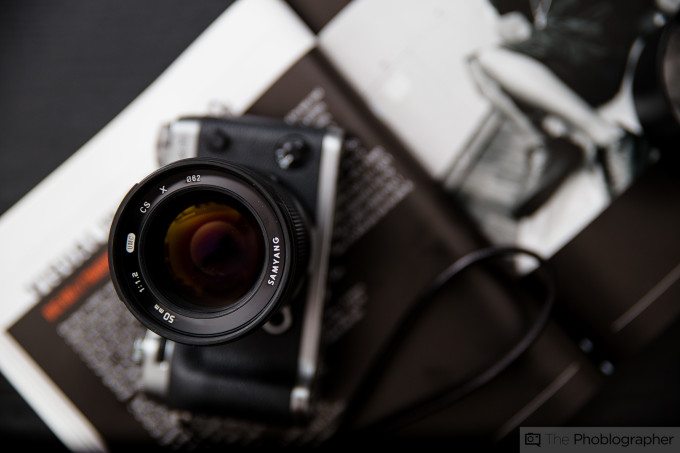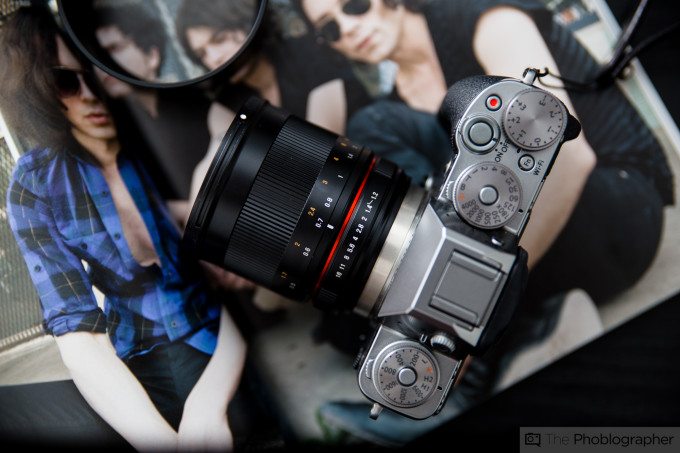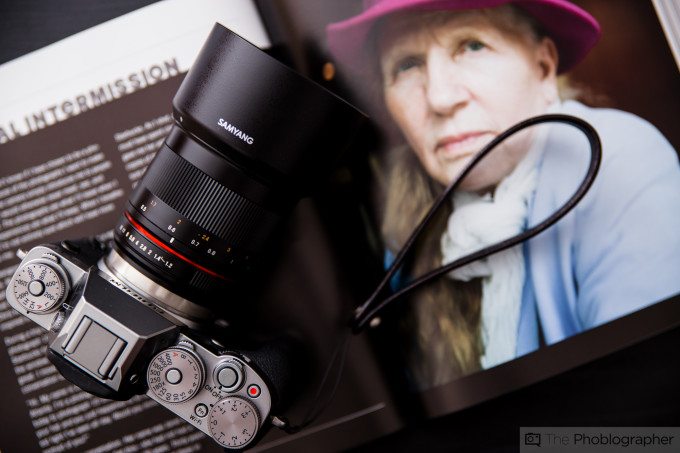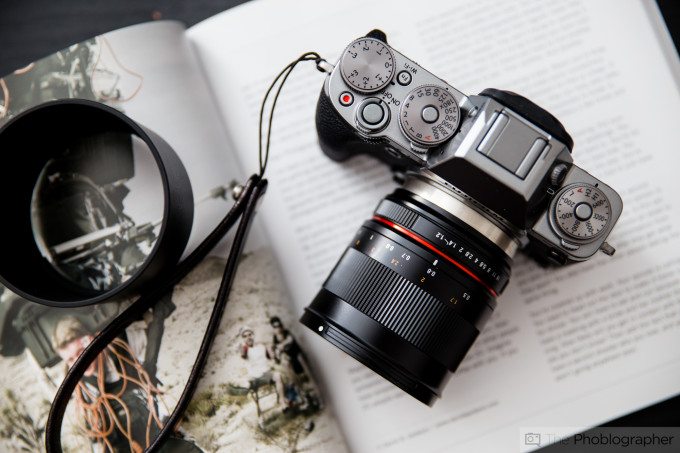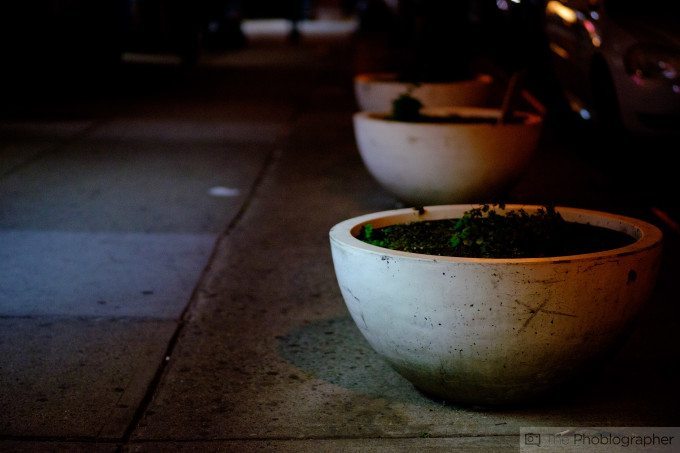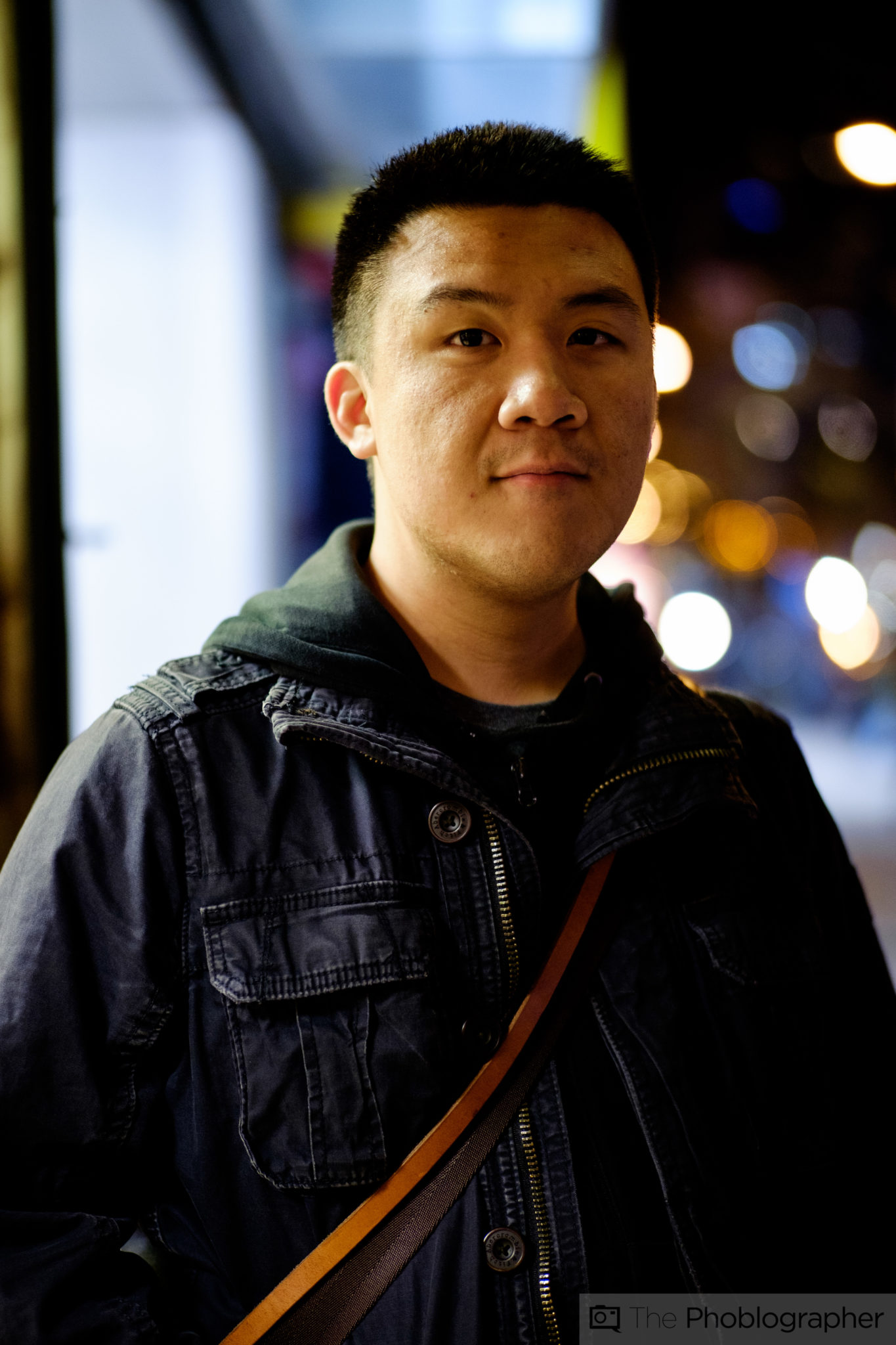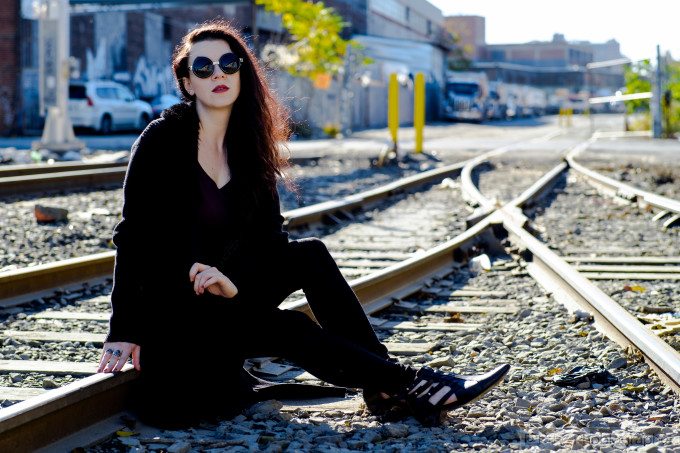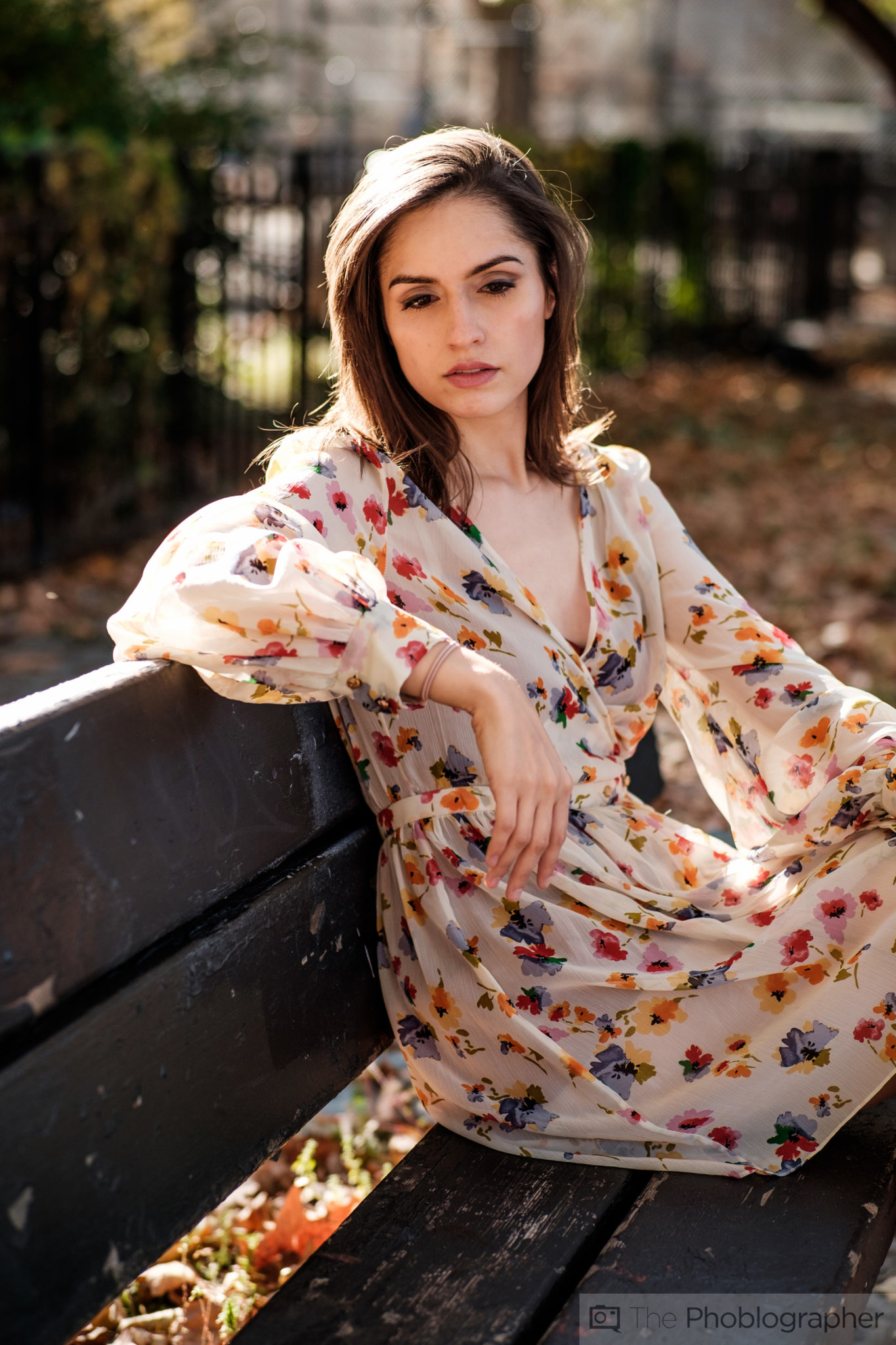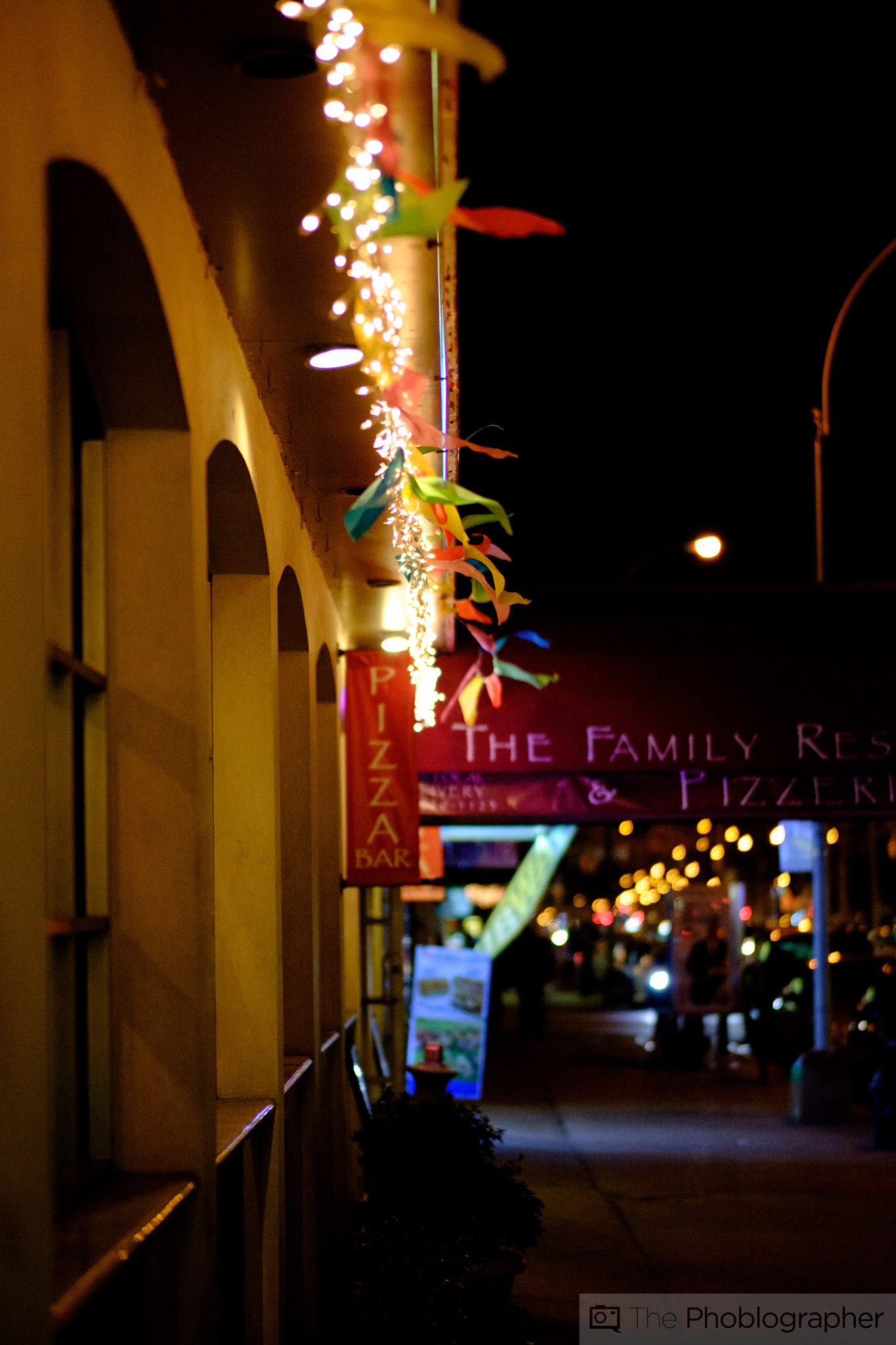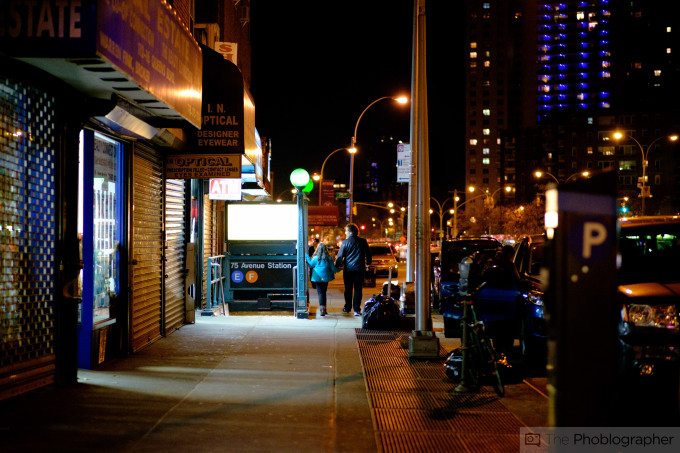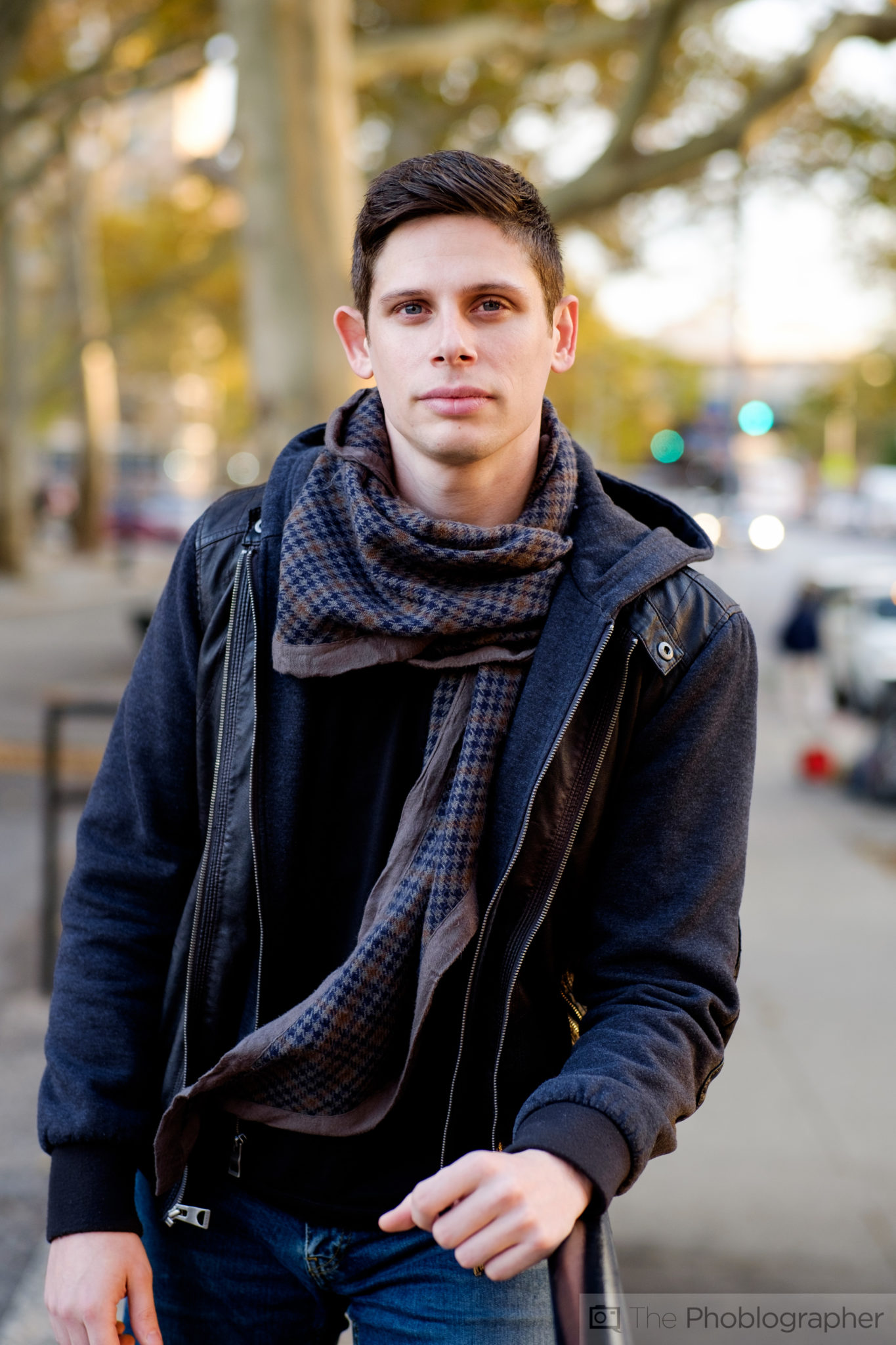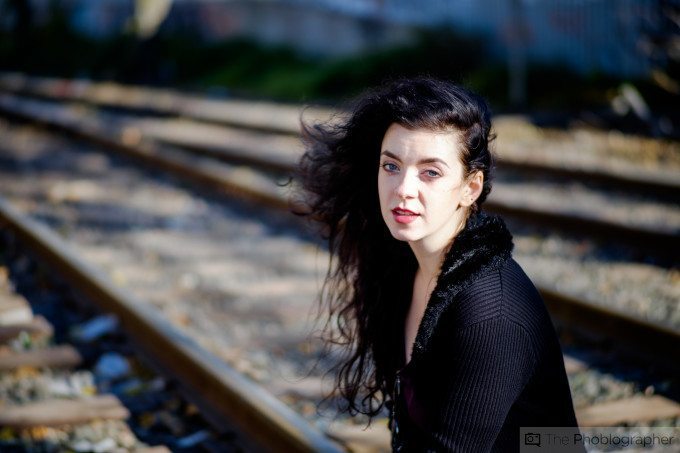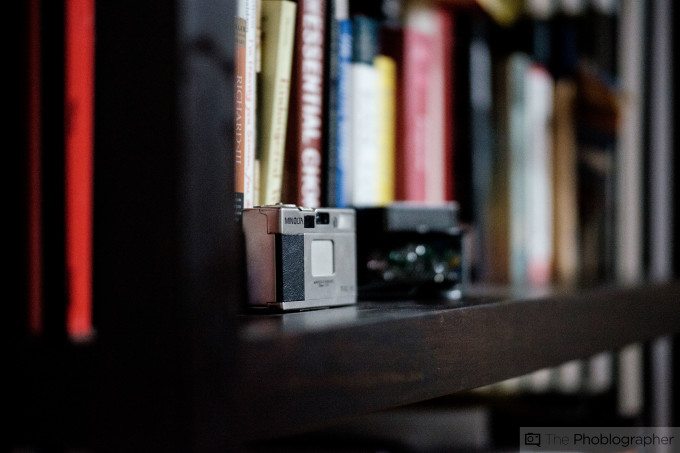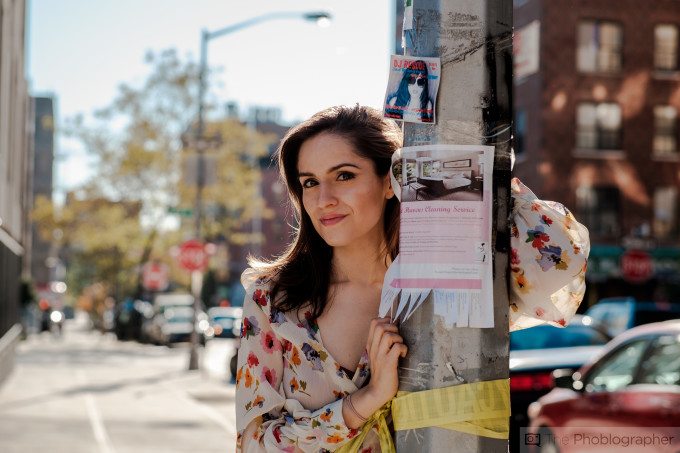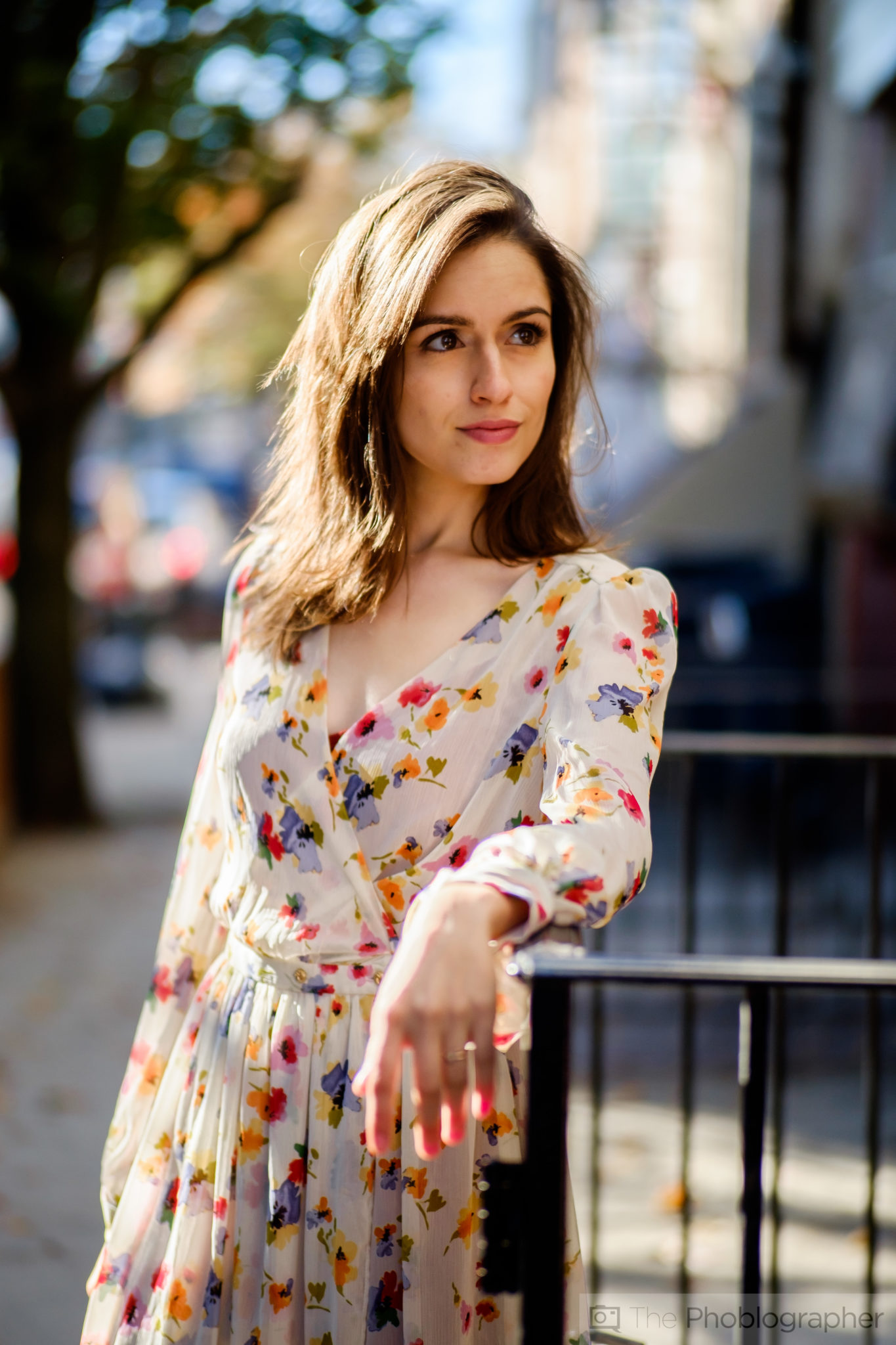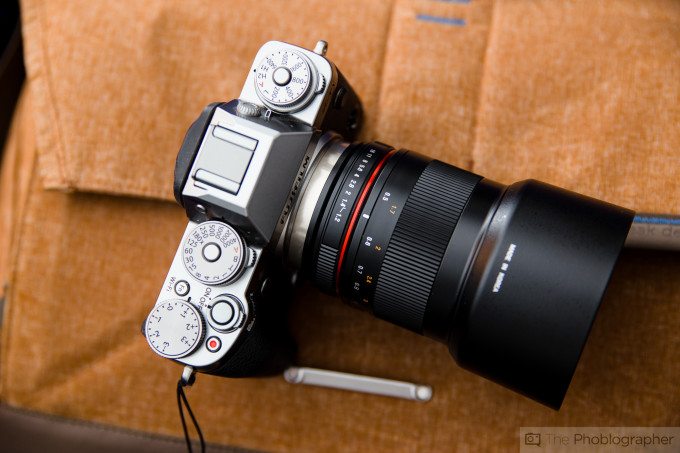Last Updated on 11/04/2015 by Chris Gampat
“If you buy this lens and don’t shoot it wide open, that’s kind of a waste.” said TechRadar Laptop Editor and Phoblographer Alumni Kevin Lee to me the other night when we took a photowalk together. To be honest, I have to agree with him. We were talking about the Samyang 50mm f1.2 lens, which is the same lens as the Rokinon 50mm f1.2.
This lens is designed for cameras with an APS-C sensor or smaller, and so it’s a perfect portrait focal length for many shooters. With nine aperture blades and stunning image quality as Samyang has always delivered, there is very little to complain about with this lens–except that it may be too good.
Pros and Cons
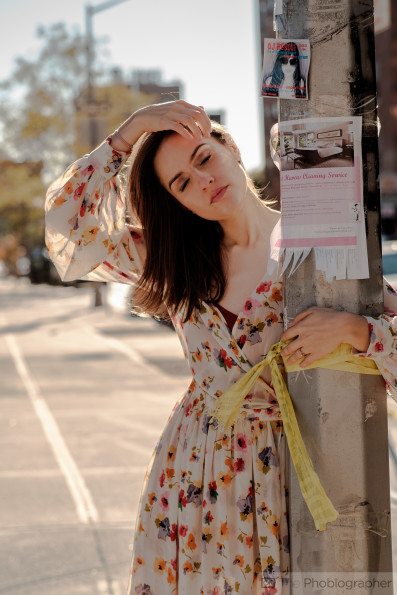
Pros
- Very, very sharp image delivery
- Beautiful bokeh
- Smooth focusing ring
- Lightweight design
- Affordable price point
Cons
- I really think that it’s time for Rokinon and Samyang to give their lenses a metal body/exterior.
Gear Used
The Rokinon 50mm f1.2 (yes, we know this is the samyang version, but they’re literally the same lenses) was tested with the Fujifilm XT-1 and the Adorama Flashpoint Zoom LiOn flash.
Tech Specs
Specs taken from the Adorama listing for $549.
- Aperture
- Maximum: f/1.2
Minimum: f/16 - Optical construction
- 9 lenses in 7 groups
- Image format
- APS-C Mirrorless
- Minimum focusing distance
- 1.6′ / 0.5 m
- Filter mount
- 62 mm
- Number of aperture blades
- 9
- Angle of view
- 31.7 Degree
- Dimensions
- 2.66″ / 67.5mm Diameter x 2.93″ / 74.5mm Lenggh
- Weight
- 13.40 oz / 380g
- Mfr #
- RN50M-FX
- SKU
- RK5012FB
Ergonomics
When you hold the Samyang 50mm f1.2, you’re holding a small lens with a very fast aperture. If you’re familiar with the Samyang and Rokinon quality, then you’ll know what to expect.
The front of the lens features a 62mm filter thread mount, and this is also where it’s clearly visible for you to glimpse at how the aperture blades function. It’s a beautiful sight to be able to see nine aperture bludes in all their beauty and glory.
The top of the lens is where you’ll spot the focusing ring–which is pretty large for understandable ergonomic reasons. Behind that is the focusing scale and the aperture ring. You won’t find a depth of field scale here, and that’s rather sad when it comes to real life practices.
The package gets larger with the addition of a lens hood; and the hood is pretty much half the size of the lens. It needs to be since you’re getting a 75mm to 100mm field of view depending on what size the sensor in your camera is.
Build Quality
The Samyang 50mm f1.2 feels nice in the hand, but it’s nothing compared to many other modern lenses. I’m so used to metal, rubber, and that really nice feeling of a product being very well made. For what it’s worth, I’m not saying that this lens isn’t well made, but it’s about time for a change. I’d really love metal and rubber or all metal on a Samyang or a Rokinon lens. I get that the Xeen lineup has it, but these lenses should have it and I honestly think that sales would increase in a similar way to what happened when Sigma cleaned up their act.
Ease of Use
Mounting it onto the camera, focusing and shooting is really simple to do. Obviously, you’re going to use manual focusing so ensuring that your APS-C sensor (or smaller) camera has focus peaking on is crucial. Turning the focusing ring results in a very buttery smooth experience and what you’ll really appreciate is that the lens is so lightweight that when you turn the ring, the lens won’t move a whole lot when handholding the overall package. This is a problem I get with Zeiss lenses that isn’t present here.
The result is much more more accurate focusing.
Focusing
This lens requires you to manually focus. Because of the lack of a depth of field scale, I strongly recommend that you use focus peaking and focus magnification on your camera to ensure that you get accurate focusing. This means that you’ll slow down your shooting experience, and when it comes to creating portraits that’s absolutely fine. For other things not so stagnant, be sure to shoot and pray–but not necessarily in that order.
Image Quality
It’s been a really, really long time since I’ve used a Rokinon lens or a Samyang lens; but using the 50mm f1.2 in some ways feels like coming back home to beautiful bokeh, sharp focus, and great color that is always consistent no matter what aperture. The Samyang 50mm f1.2 is no exception to this; in fact when I used the lens originally at our PPE 2015 meeting, I was astonished by the quality delivered at the very affordable price point.
Sharpness
Rokinon and Samyang have always created lenses that render stellar sharpness, and this is no exception. In fact, I’d even say that this lens is sharper than Fujifilm’s own 56mm f1.2 lens. Listen carefully now: I never in a million years thought I would type that. But by looking at the results that I got, I’m just so incredibly blown away. The Samyang 50mm f1.2 without a flash added to the scene to create specular highlights is just as sharp as the Fujifilm lens when a flash is added.
Crazy, huh? Of course, you lose autofocus but you’re getting incredible sharpness.
The caveat: retouching becomes a very, very real thing with this lens. You’ll get details that you probably didn’t even notice in real life. Start with the Lightroom Retouching Toolkit then move onto the big boy tools.
Bokeh
For an f1.2 lens, the bokeh here is not only gorgeous but also very pleasing and smooth. In fact, I want to say that the bokeh looks very cinematic. Part of this has to do with the nine aperture blades. On a 1.5x cropped sensor, the depth of field will not be like f1.2 on a full frame camera, but the light gathering abilities will be the same.
To be honest, you’ll be hard pressed to find a reason to even stop the lens down beyond f2.8.
Color Rendition
How can you go wrong with this color? Seriously, that’s not possible. You get wonderful colors when photographing scenes but the more interesting thing is that the lens seems to work with the sensor to desaturate skin tones a bit. In fact, I needed to put saturation back into my portrait files.
Not bad I guess, but the other factor is Fujifilm’s color profiles. The images in this review are a mix of Velvia, Classic Chrome and Astia renderings.
Color Fringing
As much as I tried to make the lens fringe, I couldn’t find significant color fringing that I didn’t add into the scene through my own edits. Indeed, you won’t have a reason to complain about fringing with this lens.
Extra Image Samples
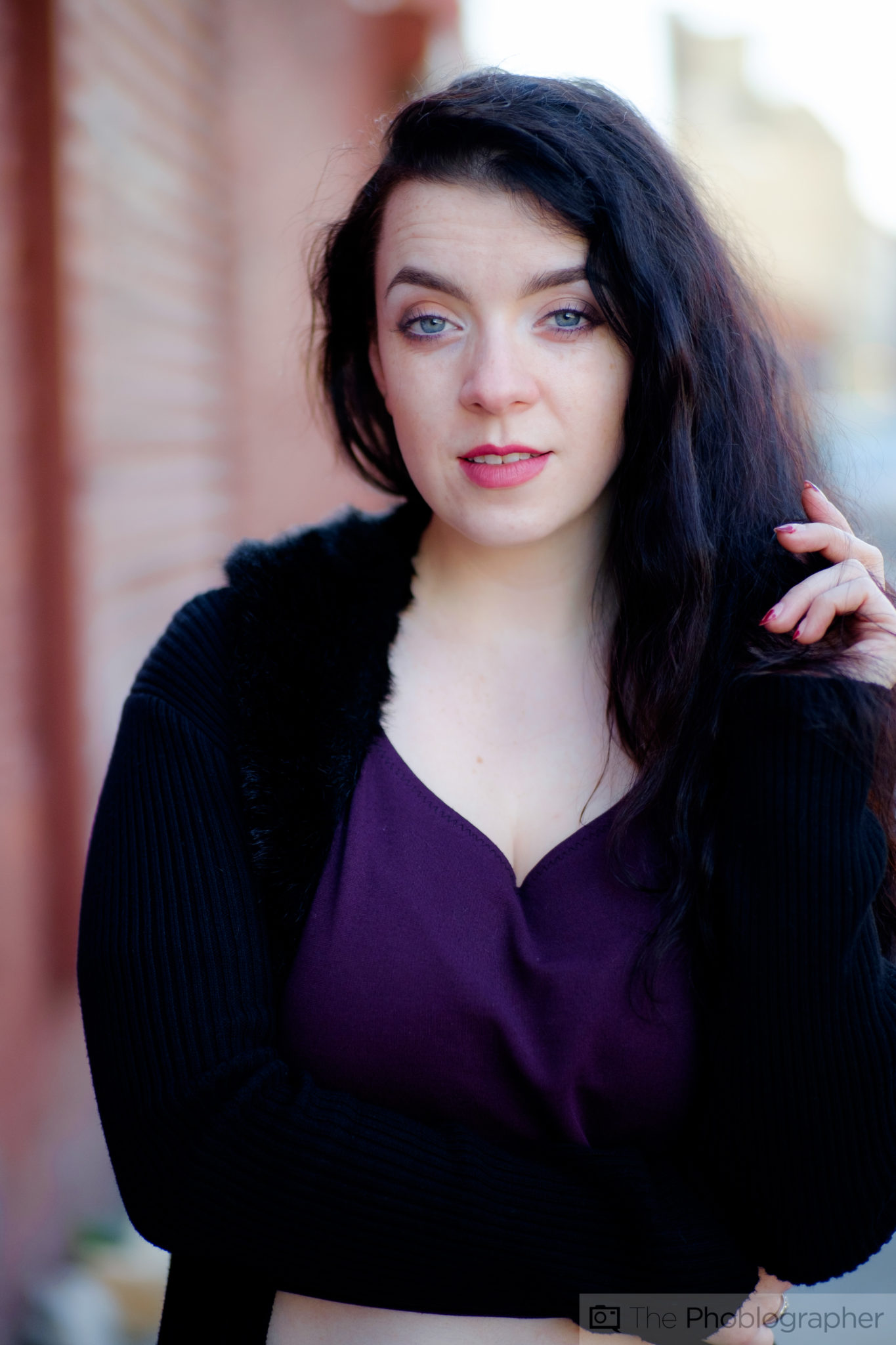
Conclusions
Likes
- Great, portable size
- Super sharp image quality
- Beautiful bokeh
- Affordable price point
Dislikes
- I’d love metal to be incorporated into the build
- Sometimes the quality is so sharp that you’ll need to do more retouching that you’d like to.
This lens is razor sharp, has a decent build quality, a very smooth focusing ring, gorgeous bokeh and has a fantastic price attached to it. If you’re an APS-C camera user, then you’ll be hard pressed to find something better for portraits; but get ready to scale back a bit on post-production.
The Samyang 50mm f1.2 receives five out of five stars. We love it, but be careful when it comes to portrait results that are too sharp. Want one? Check out the Adorama listing for more.
Recommended Cameras
Fujifilm XT-1: The company’s flagship camera just makes so much sense here. Shoot in Classic Chrome or Astia!
Sony A6000: The 24MP APS-C sensor here will give you lots of detail, maybe even too much.


